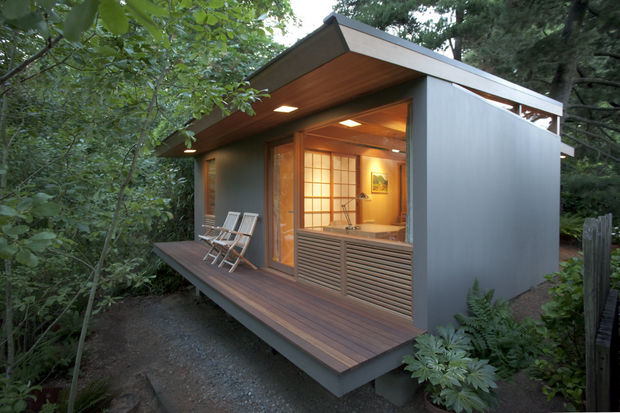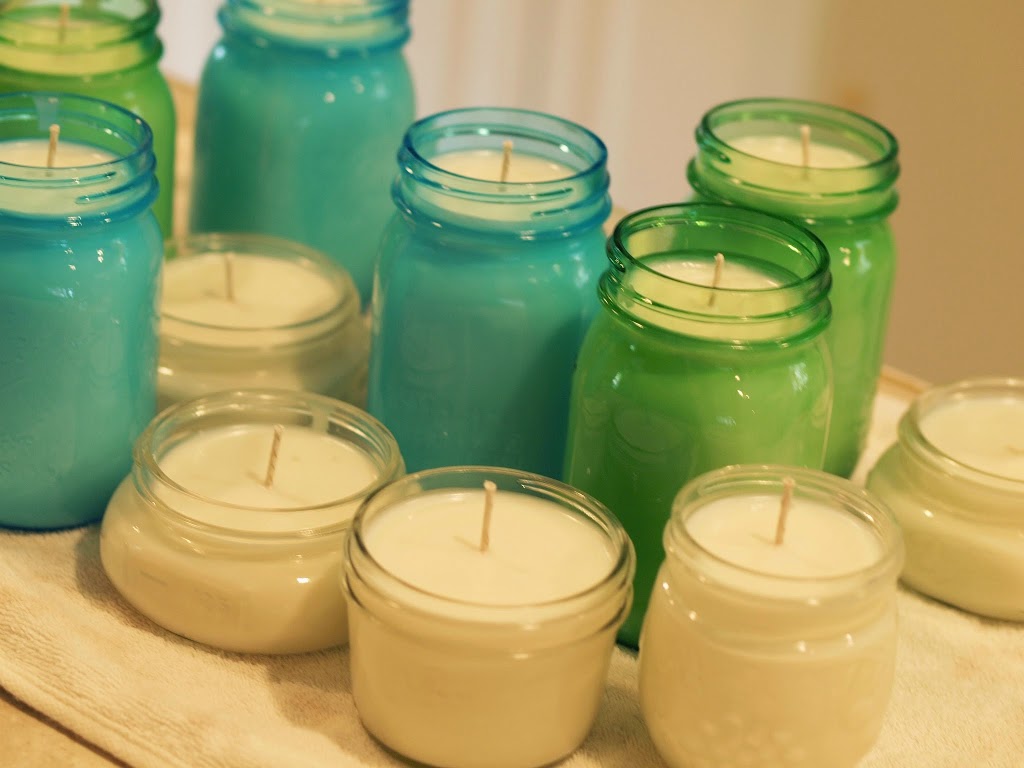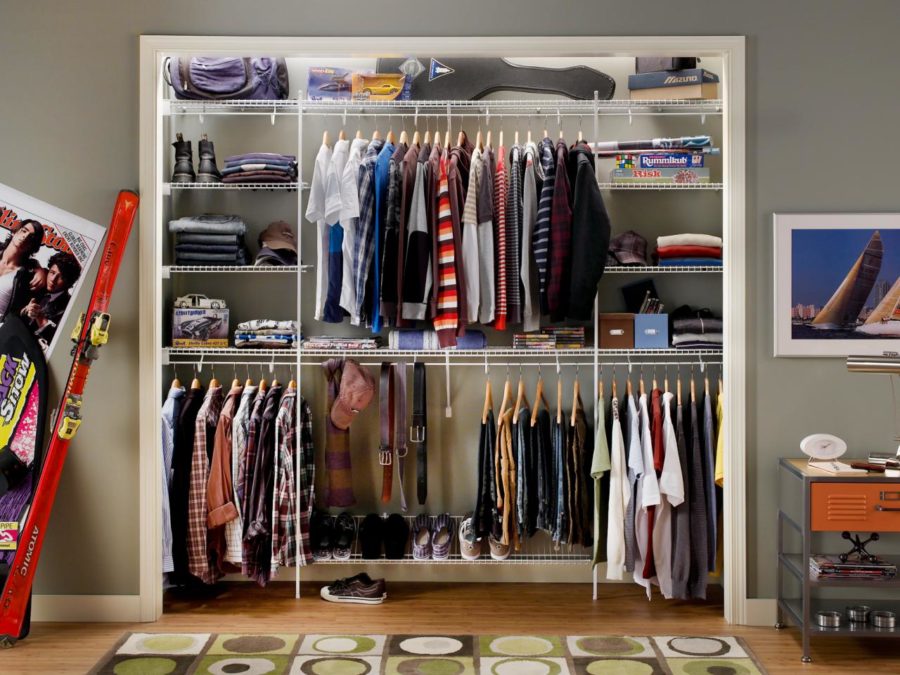Learning about the Pros and Cons of Bamboo Flooring
When it comes to flooring materials, there are a lot of options to choose between. While materials such as hardwood and vinyl tend to be more traditional, materials such as bamboo has begun to grow in popularity especially over the last decade. Bamboo has proven to be a good alternative to hardwood in particular, especially as they tend to look somewhat similar in appearance. However bamboo like any other flooring material isn’t without its drawbacks. Before choosing bamboo as your flooring material, it’s important to understand the pros and cons.
The pros of using bamboo flooring
Bamboo has a stylish aesthetic – bamboo has the same kind of visual appeal as hardwood although it still boosts a unique look. Bamboo also happens to be available in numerous colors and styles, just like hardwood. Bamboo flooring is very strong material that contains no knots or rays, which means it can withstand more stress. It’s sectional anatomy also provides it with more structural integrity, and it’s high silica content makes it resistant to termites.
Bamboo is a natural material using natural materials in your interior design helps to provide a more welcoming and tranquil environment. Unnatural materials often give off a manufactured and sterile feel.
Eco-friendly Material
Bamboo is sustainable – unlike a lot of flooring options, bamboo comes from substantial source, making it in eco-friendly material. This is because bamboo is actually a grass that grows incredibly quickly. Unlike trees, which take decades to mature, bamboo grass can reach full charity within 5 to 7 years.
Bamboo is Easy to Maintain
Bamboo flooring is easy to maintain – bamboo flooring can easily be kept clean by regular sweeping. No special treatments are required.
Bamboo flooring can be refinished if you’re bamboo flooring has lost its luster over the years, or has experienced scratches or dents from use, you can easily sand down the surface and reapply another finish to make it look brand-new.
Bamboo is Affordable
Bamboo is affordable – bamboo is surprisingly affordable. One of the reasons for this is because it comes from a renewable source.
What Are the Cons of Strand Bamboo Flooring
Avoid Kitchen and Utility Areas
Strand bamboo floors cannot be used in bathrooms, terraces that aren’t covered or decks. You should avoid using bamboo in kitchens and utility areas as well. You cannot have strand bamboo floors in any place that is expected to get wet. This isn’t a con exactly but a shortcoming. Not many people would even think of using bamboo in bathrooms. It is obvious bamboo isn’t water resistant.
May Contain Volatile Compounds
Some strand bamboo floors may have volatile organic compounds which are hazardous. You should pick wisely.
Can be Easily Damaged
Bamboo floors aren’t always very resistive of sharp and heavy objects falling onto them. Unless there is a good level of coating and protection to the floor, the strand bamboo floor can get damaged if you drop an appliance or when some sharp object falls onto the floor with a certain degree of thrust.







